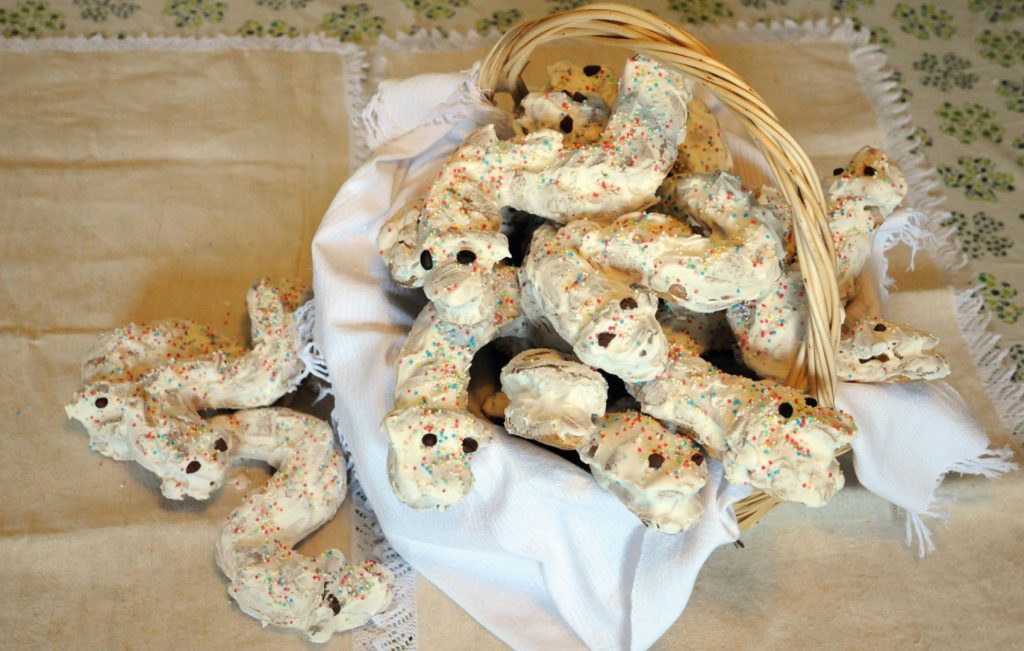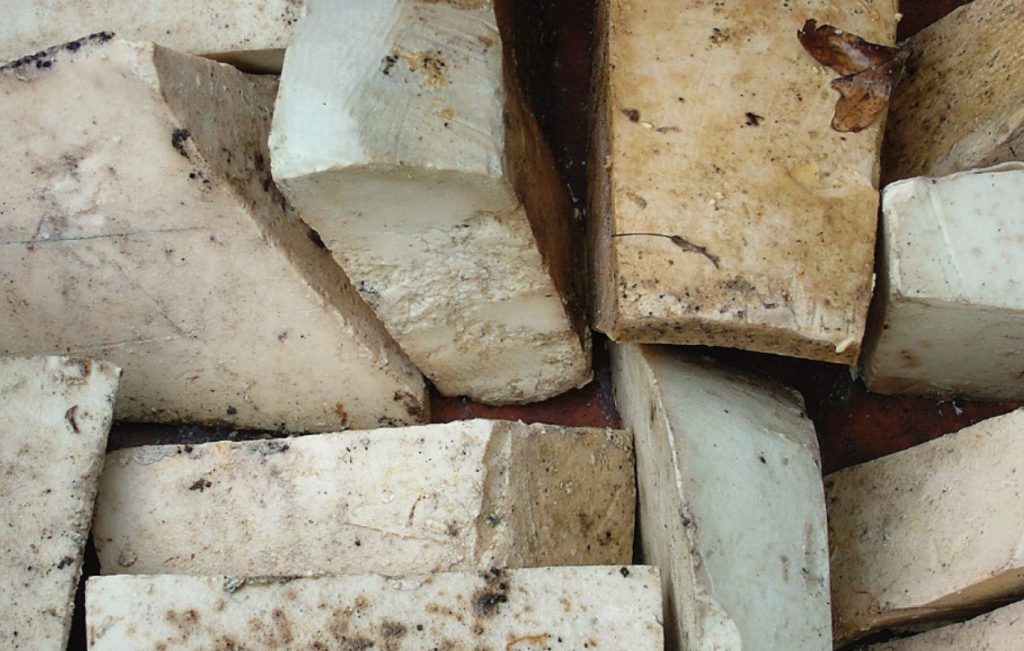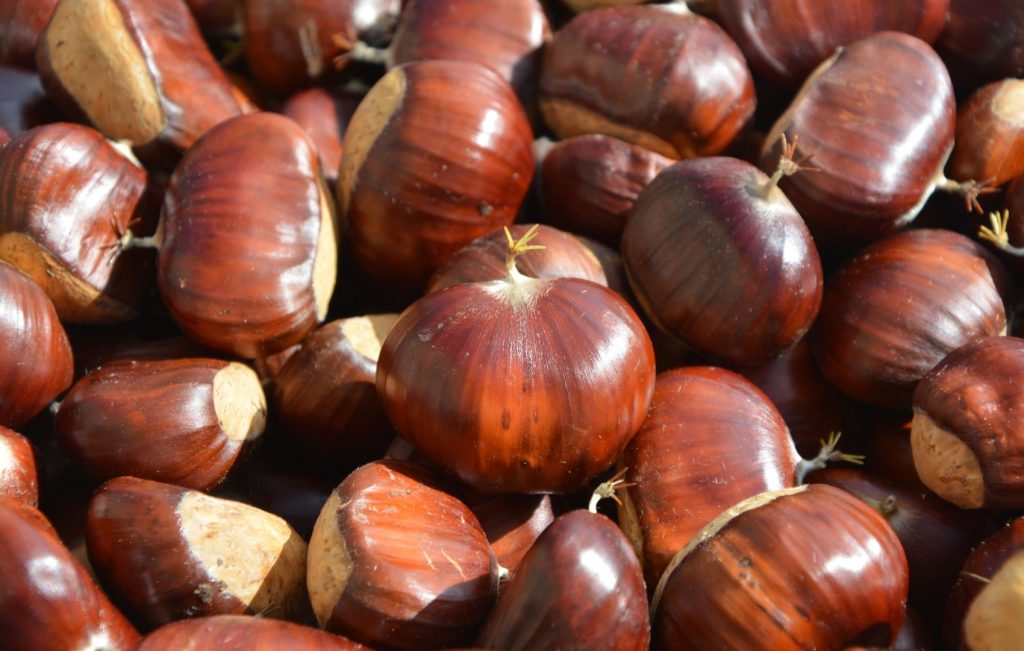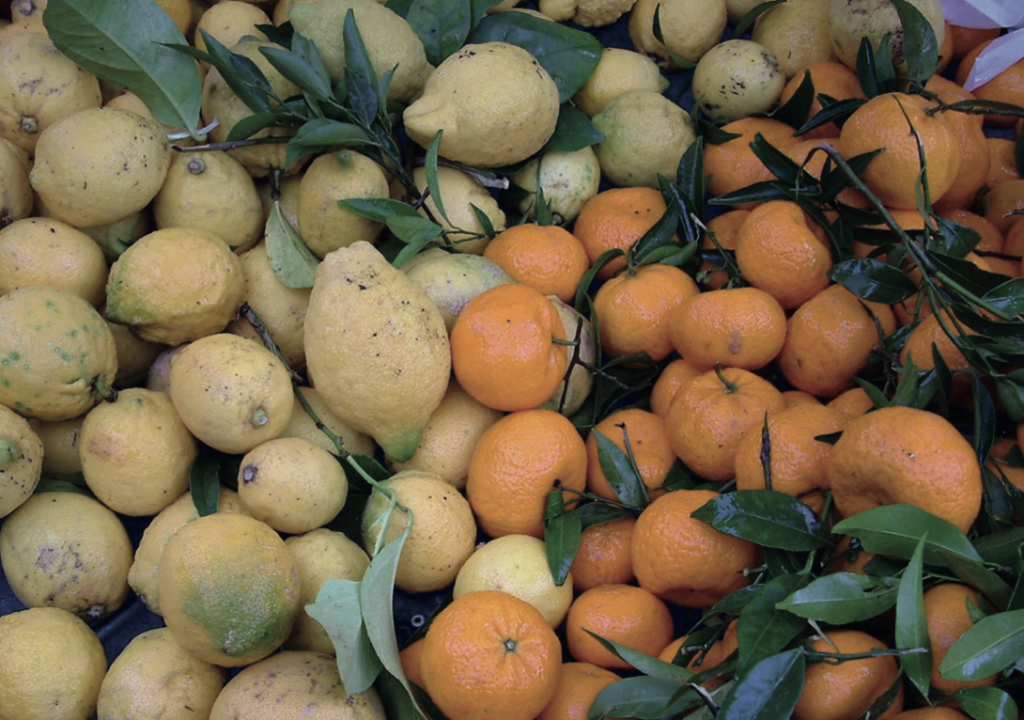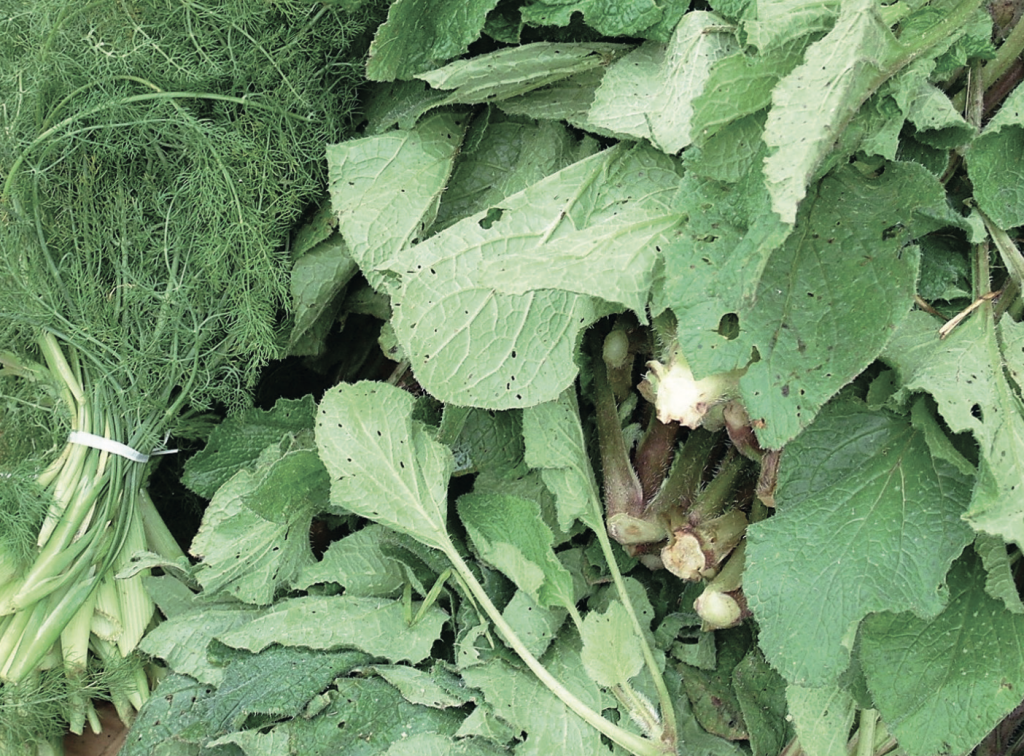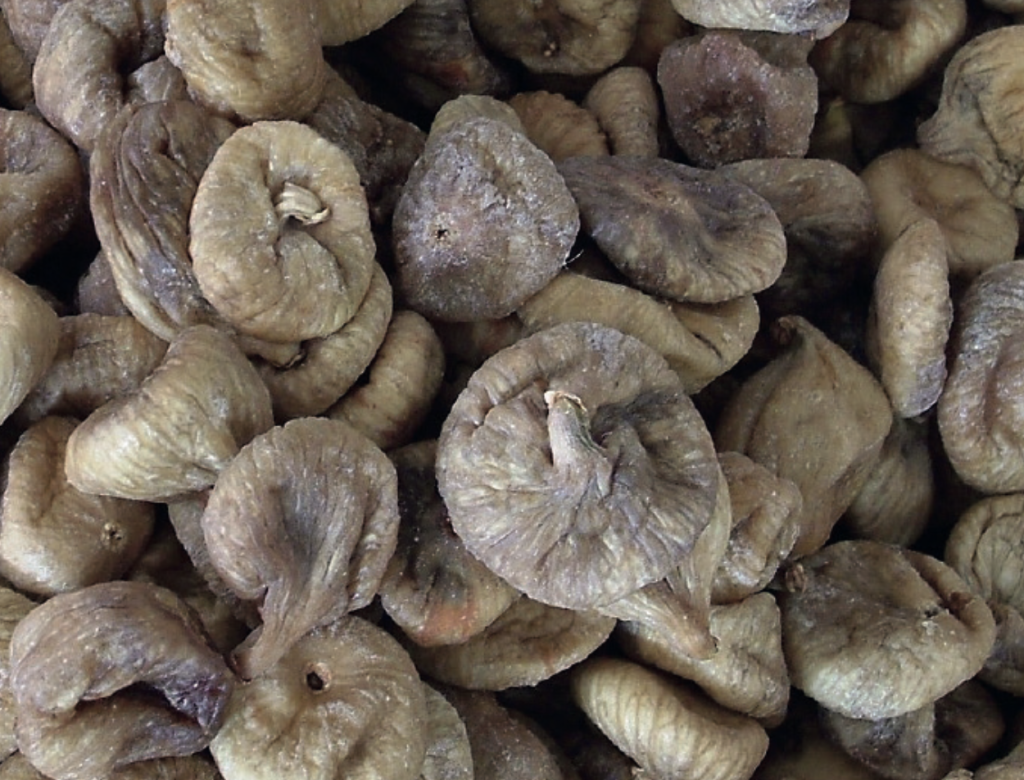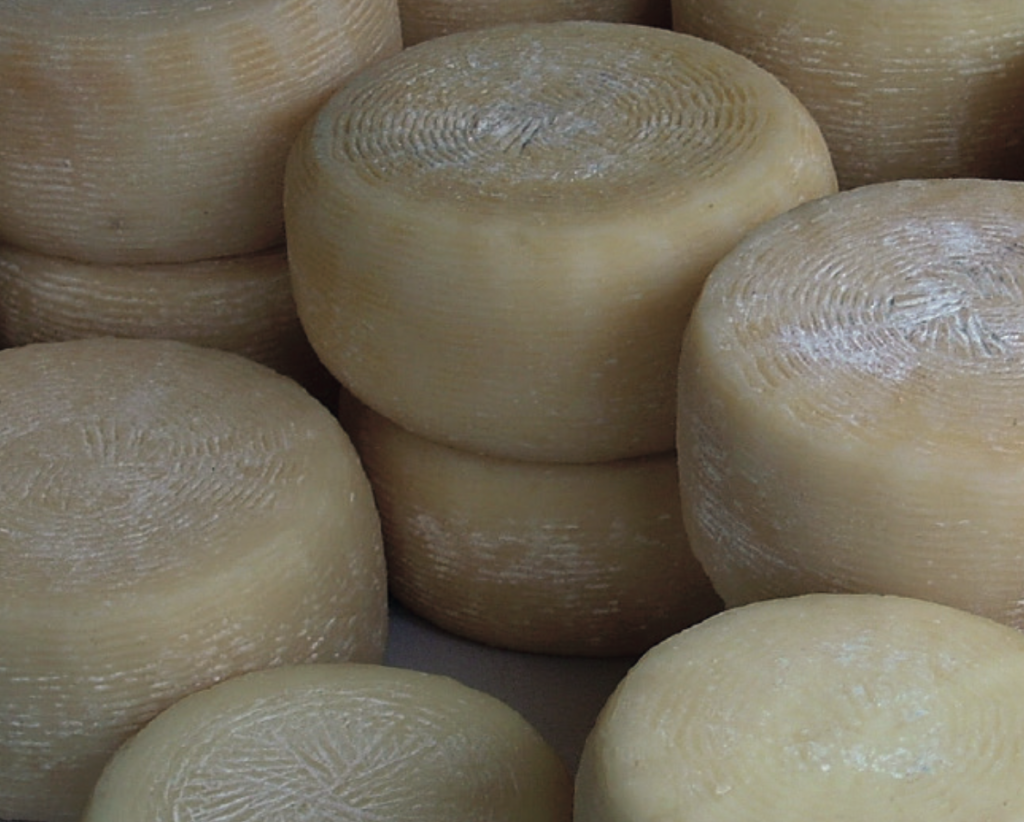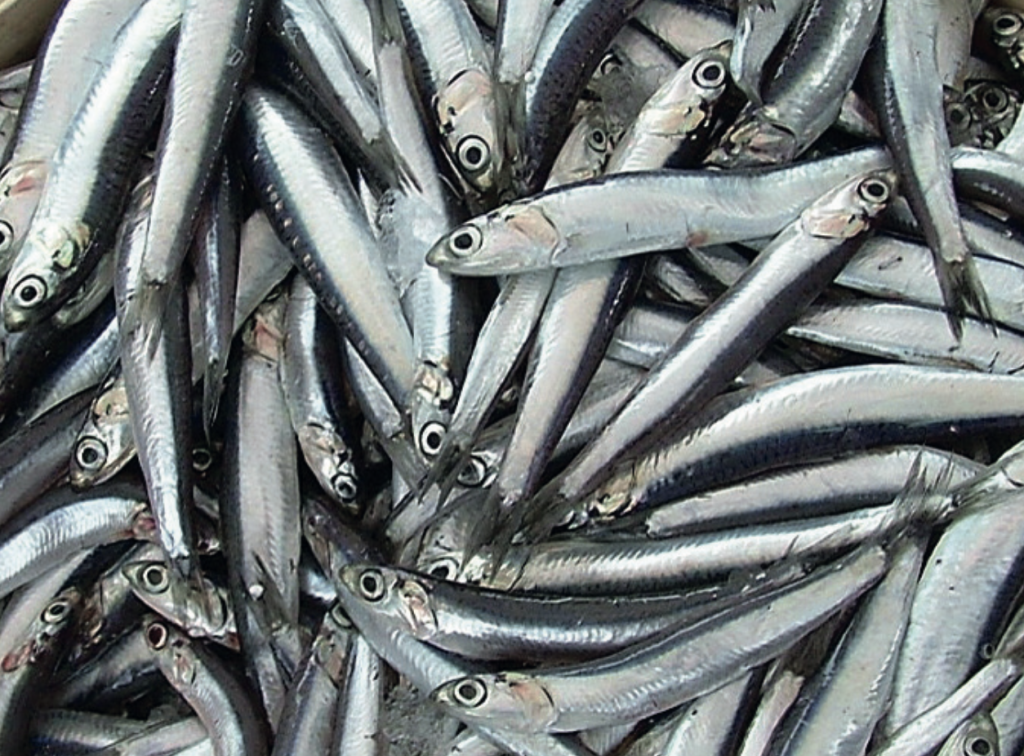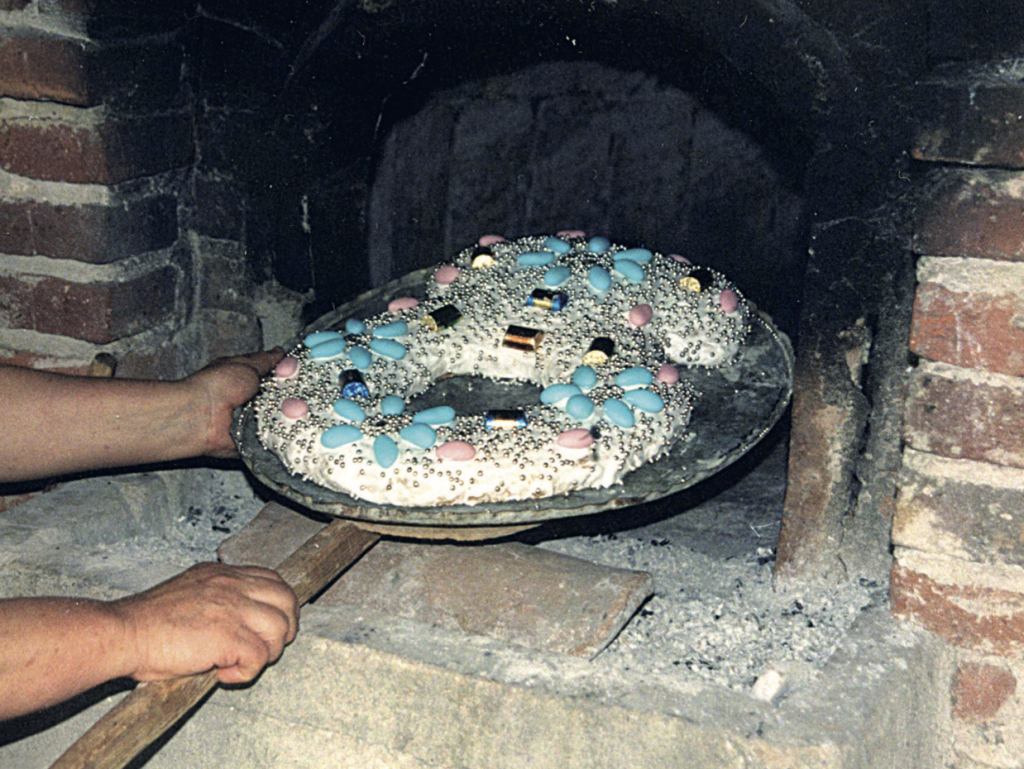Typical products
Discover the flavors of the Park: a journey through nature, tradition and craftsmanship
Share
Food and wine heritage is to be regarded as an integral part of the culture of the Park area and presents, due to its richness and distinctiveness, an additional attraction.
The agrarian landscape, different for the crops in chromaticism and forms, is determined by the generalized fragmentation of the property and is characterized by the use of mainly traditional techniques with the result of products responding, in terms of characteristics and flavors, to canons of other times, privileging quality and not quantity. There are, for the most part, olive groves, arable land, the latter especially near the lake, where they create variegated designs comparable to well-known impressionist paintings, a few vineyards of vinciguerra grapes in the territory of Monterosso and zibibbo in that of Pizzo, as well as fruit trees, including citrus and figs. There are notable horticultural products, particularly in the Maierato territory, such as cabbage, broccoli, cauliflower, eggplant, potatoes, peppers, tomatoes, broad beans, peas, green beans, and beans. Among the heights facing the coast, several qualities of wild herbs are also distinguished, including capers, asparagus, fennel, rosemary and oregano. Regarding, on the other hand, the fruits of the forest, falling within the natural perspective, in addition to blackberries, strawberries and blueberries, abundant are also mushrooms, such as porcini, ovuli and sanguinelli.
Animal husbandry and fishing, despite the decrease in value compared to the past, due to the degradation of pastures, the spreading of arable land, the commercialization of fish products from other seas, as well as the persistence of conditions of operational unsustainability of the workers, still continue, fortunately, to be alive. In the inland areas there are a few herds of cattle and flocks of sheep and goats that provide milk for artisanal cheese production, some of which is exported; pork breeding is also frequent, mainly family-oriented, as well as the breeding of poultry, chickens, turkeys and rabbits. This is all among productions of fresh meats, cheeses and cured meats, inimitable in their flavors because of their respect for tradition.
Along the coastline, where there are the last fragments of an ancient seafaring tradition, a discrete fishing activity is underway, which to the amateur characters associates a territorial market, at times even regional, with the catch of tuna, small swordfish, crustaceans, bluefish, beautifying and smelling the small napitine fishmongers and the narrow streets of the historic center on which they overlook. Added to this are a number of decentralized industrial activities of ancient origin devoted to tuna processing, which also trade with foreign markets.
In food, from a mainly gastronomic point of view, the basic ingredients of local dishes, to be related, of course, to the different territorial areas of the coast and the interior, do not differ much from those of Calabrian cuisine, which are still: farinaceous foods, legumes, vegetables, fish, pork and goat meat, olive oil, black pepper and, above all, spicy red pepper. The most common legumes are chickpeas and beans, while the most widely consumed fish turn out to be anchovies, sardines, tuna, cod, and stockfish. Olive oil is the main condiment, while in the past the use of lard was common and butter exceptional.
Also very common is the use of garlic, parsley, basil, mint, oregano and rosemary, as well as potatoes and field herbs; also frequent is the consumption of cheeses and pickles in oil, cooked in water and vinegar or simply raw, such as mushrooms, eggplant, zucchini, green tomatoes, celery, carrots, peppers, artichokes. Wines, mainly red in the interior and white on the coast, include family productions. Re- looking at desserts, besides those with honey that preserve the Greek tradition (pignolata, graviuoli), recurring are: le cuzzupe, a typical Easter doughnut made of flour, sugar, eggs, yeast, lemon, anise, lard, with a hard-boiled egg in the center; i taraji, similar in the preparation of the biscuit dough, which in Francavilla Angitola, on the occasion of the feast of St. Foca, protector against reptile bites, are offered in the shape of a snake, covered with icing and colored sugar decorations, with eyes made of coffee beans; the popatuli, votive offerings with rich chromatism, on nivea icing enveloping the biscuit core, offered in Monterosso to Our Lady of Relief and S. Rocco; nougats made of peanuts, hazelnuts and almonds; Pizzo’s renowned ice creams, including cremolatas, granitas, truffles, stuffed hazelnuts, cassatas.
